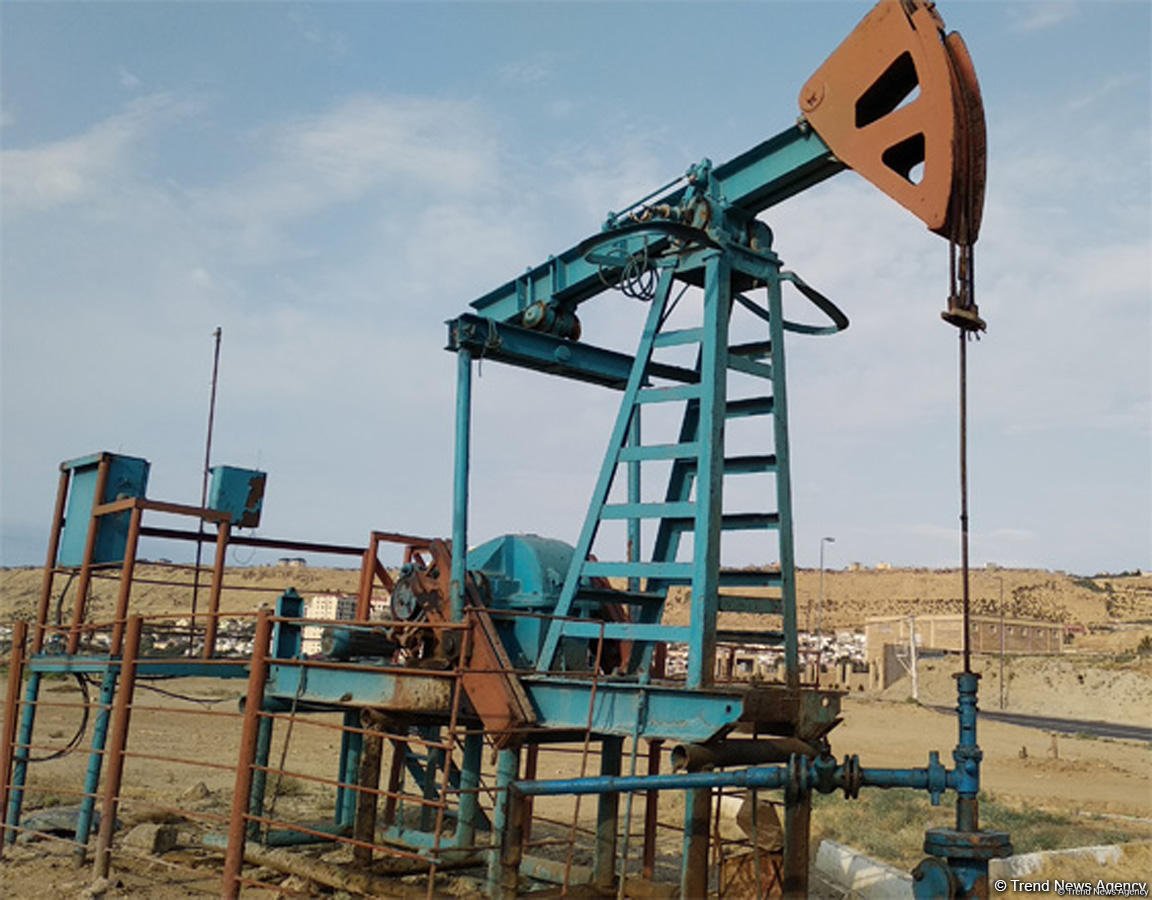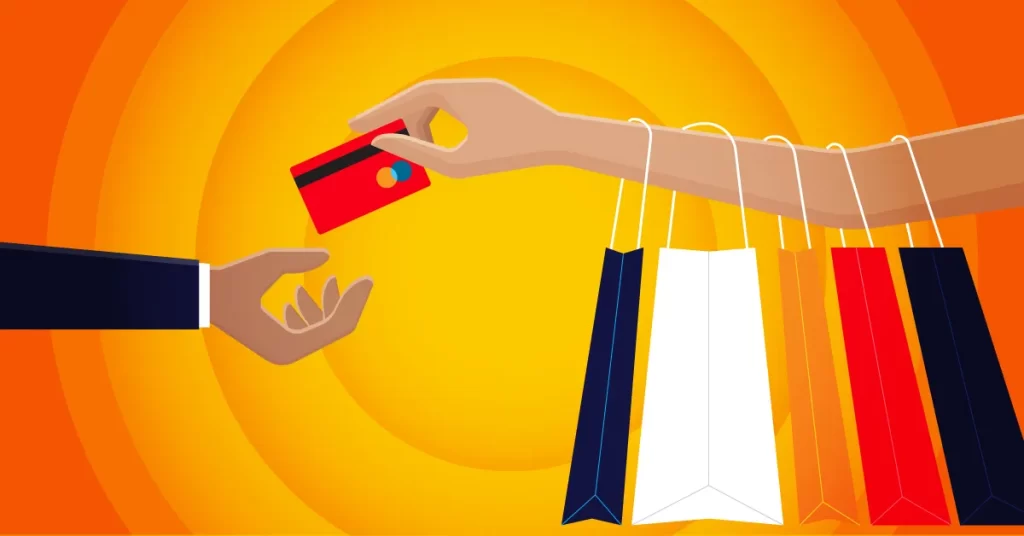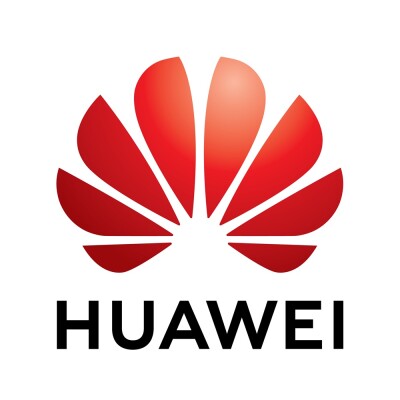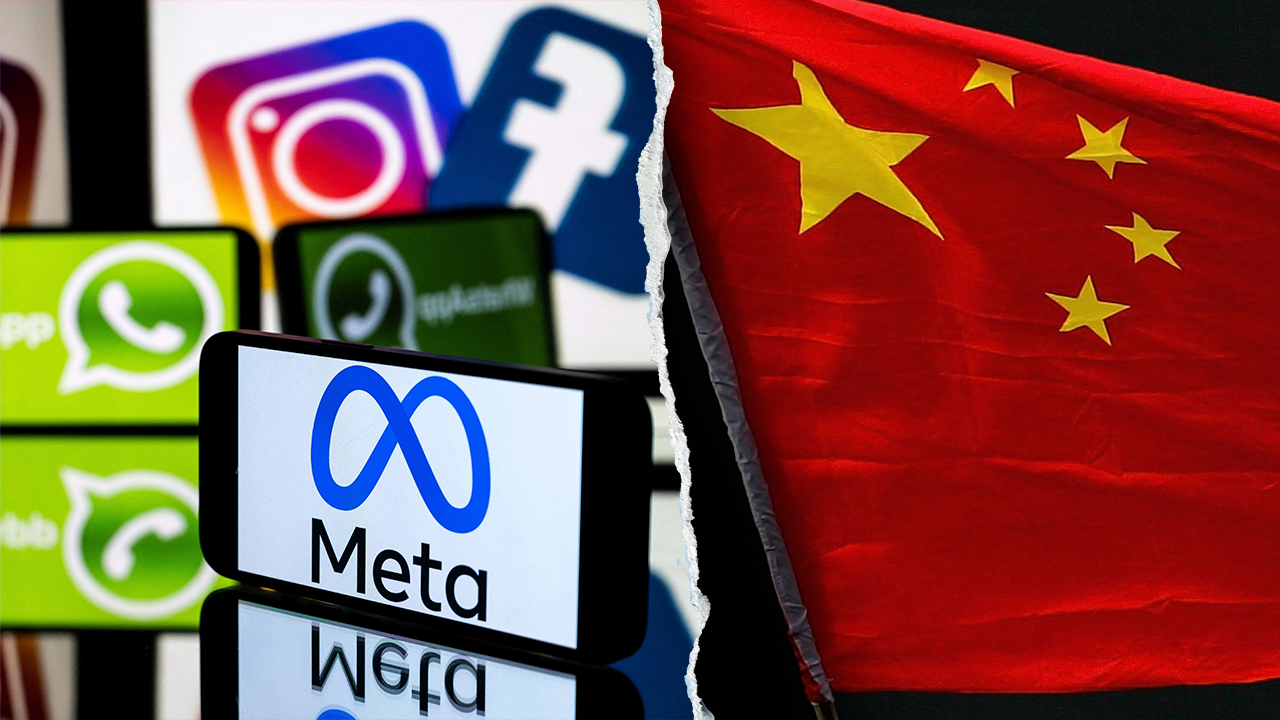Repurposing at Scale: How AI Can Transform a Single Marketing Asset into an Entire Funnel


Content has always been the backbone of marketing. A single blog post, video, or webinar can educate audiences, build trust, and move potential customers closer to purchase. The challenge, though, is that content is resource-intensive to create, and even the best pieces often don’t get the reach they deserve.
Traditionally, marketers have tried to stretch the value of strong assets by “repurposing.” A webinar might become a blog post, which then becomes a LinkedIn update or a handful of tweets. But that process has always been manual, time-consuming, and limited in scope.
Artificial intelligence is changing that equation. Instead of repurposing a piece of content into a handful of spinoffs, AI allows marketers to transform a single asset into the foundation of an entire funnel, one that spans awareness, engagement, nurturing, and conversion.
The Limitations of Traditional Repurposing
Before AI, repurposing was often a stopgap measure. You might take a whitepaper and pull out some charts for social media, or turn a blog post into a quick email newsletter. While this extended the life of content, it rarely mapped to a complete buyer’s journey. Each piece existed in isolation rather than functioning as part of a coordinated strategy.
The other problem? Scale. Most marketing teams are strapped for time. Repurposing by hand meant prioritizing only the largest assets or the ones most likely to generate ROI. Smaller pieces, or assets with niche value, often got left behind.
AI Brings Scale and Strategy Together
AI doesn’t just speed up repurposing, it transforms it into something bigger: funnel design. Instead of thinking about how to break one piece of content into smaller chunks, marketers can think about how to spread the essence of that content across every stage of a customer journey.
Here’s what that looks like in practice:
- Top of Funnel (Awareness)
From a single webinar, AI can generate short-form videos, social captions, and image quotes optimized for different platforms. These assets drive reach, sparking interest among people who might not have engaged with the original content. - Middle of Funnel (Consideration)
The same webinar can be turned into blog posts, infographics, or in-depth guides. AI tools can reframe the core insights for specific buyer personas, ensuring relevance. For example, a technical audience might get a detailed explainer, while executives receive a high-level strategy piece. - Bottom of Funnel (Conversion)
AI can draft case study-style summaries, ROI calculators, or email sequences that tie the original content to specific business outcomes. These assets help move prospects from “interested” to “ready to act.” - Retention and Advocacy
Post-purchase, the content can be reimagined as onboarding guides, customer newsletters, or thought-leadership snippets that keep existing customers engaged and willing to share.
By mapping one asset into this funnel structure, AI options like Blaze’s tools ensure the content works harder and smarter, rather than existing as disconnected fragments.
Personalization at Scale
Another area where AI stands out is personalization. Repurposing by hand often meant creating one “general” version of a piece and hoping it resonated with multiple audiences. AI can instead tailor assets for specific verticals, geographies, or customer segments.
For example:
- A software demo could be spun into unique blog posts—one for healthcare, one for finance, one for retail—each highlighting use cases relevant to that industry.
- An in-depth report could be summarized into different tone profiles: formal for LinkedIn, conversational for Instagram, data-heavy for a niche industry forum.
This personalization doesn’t just fill the funnel with content; it ensures that every touchpoint feels designed for the person engaging with it.
Efficiency Without Sacrificing Quality
One concern marketers have is whether scaling with AI dilutes creativity. The truth is that AI isn’t meant to replace human strategy—it’s meant to handle the repetitive work so teams can focus on higher-level direction.
Instead of spending hours rewriting the same blog into multiple formats, humans can set the creative vision while AI handles execution. Editors and strategists can then fine-tune the outputs, ensuring everything stays on-brand and aligned with campaign goals.
This combination creates a virtuous cycle: more content produced, more consistency across the funnel, and more time freed up for original, big-picture ideas.
Building Entire Funnels from One Asset
To visualize how this works, consider the lifecycle of a single flagship asset—say, a detailed industry report. With AI, here’s how that report might become the backbone of a complete funnel:
- Awareness: AI generates LinkedIn carousels, Instagram stories, and short teaser videos highlighting key findings.
- Engagement: Blog posts dive deeper into sections of the report, while interactive infographics visualize the most compelling data.
- Nurturing: A personalized email series walks subscribers through insights tailored to their industry.
- Conversion: AI creates one-pagers and sales enablement decks that show how your product addresses the challenges identified in the report.
- Retention: Post-purchase, a webinar series built from the report’s findings helps customers get more value from your solution.
From one core asset, you’ve generated an ecosystem of content designed to guide prospects seamlessly from first touch to loyal customer.
Why This Matters Now
Marketing is more competitive than ever. Audiences are saturated with content, but they also expect relevance, personalization, and consistency. Brands that rely on one-off posts or disconnected repurposing risk blending into the noise.
By using AI to turn a single asset into an entire funnel, marketers maximize the ROI of every piece of content they create. More importantly, they ensure that each interaction with the brand builds on the last, moving audiences toward conversion instead of leaving them at a dead end.
Looking Ahead: AI as a Funnel Architect
As AI technology evolves, its role in funnel building will become even more sophisticated. We may see algorithms that not only repurpose content but also predict the best sequence for a funnel based on audience behavior, industry trends, or past campaign performance.
Imagine creating a single video, and AI not only generates dozens of derivative assets but also maps out a distribution calendar, suggests the ideal channels, and monitors performance to refine the funnel in real time. That’s the future of content-driven marketing.
Final Thoughts
Repurposing at scale is no longer about squeezing a few extra posts out of a big piece of content. With AI, it’s about reimagining how that content can serve as the foundation of an entire funnel—supporting awareness, engagement, nurturing, conversion, and retention.
The result is more efficient workflows, better audience experiences, and a stronger return on every asset you create. By letting AI handle the heavy lifting, marketers can shift their focus to strategy, storytelling, and innovation—building funnels that are not only bigger but smarter.
The post Repurposing at Scale: How AI Can Transform a Single Marketing Asset into an Entire Funnel appeared first on European Business & Finance Magazine.
















































